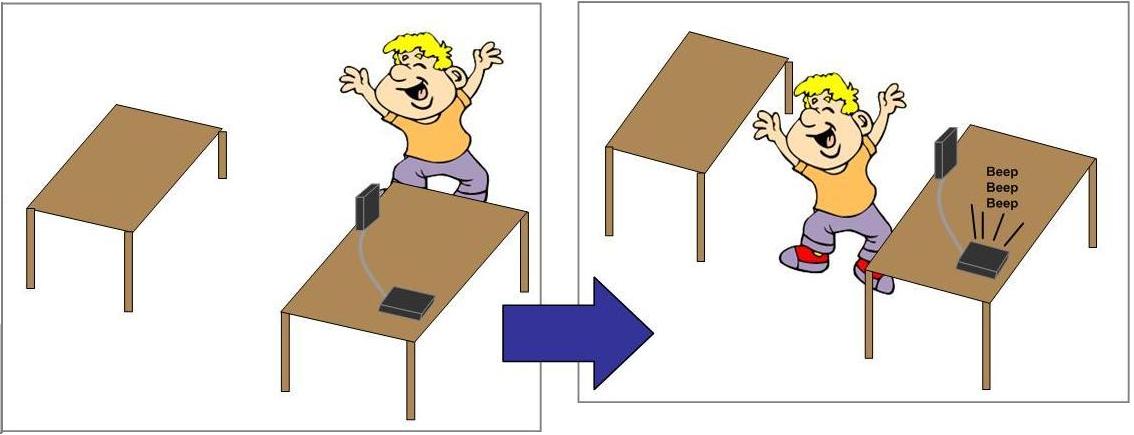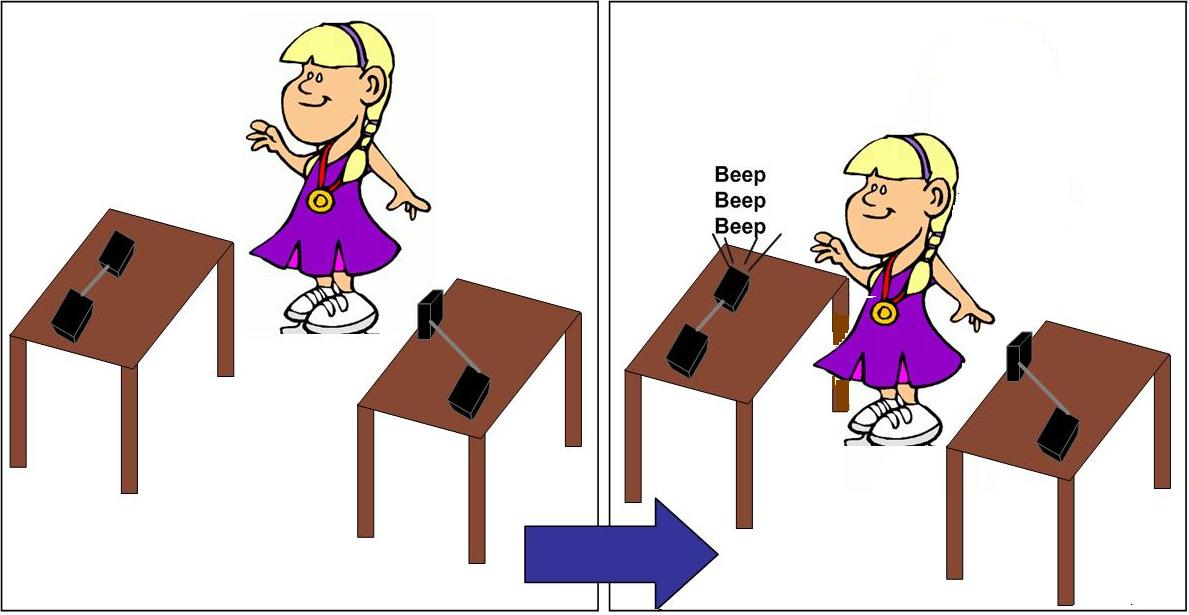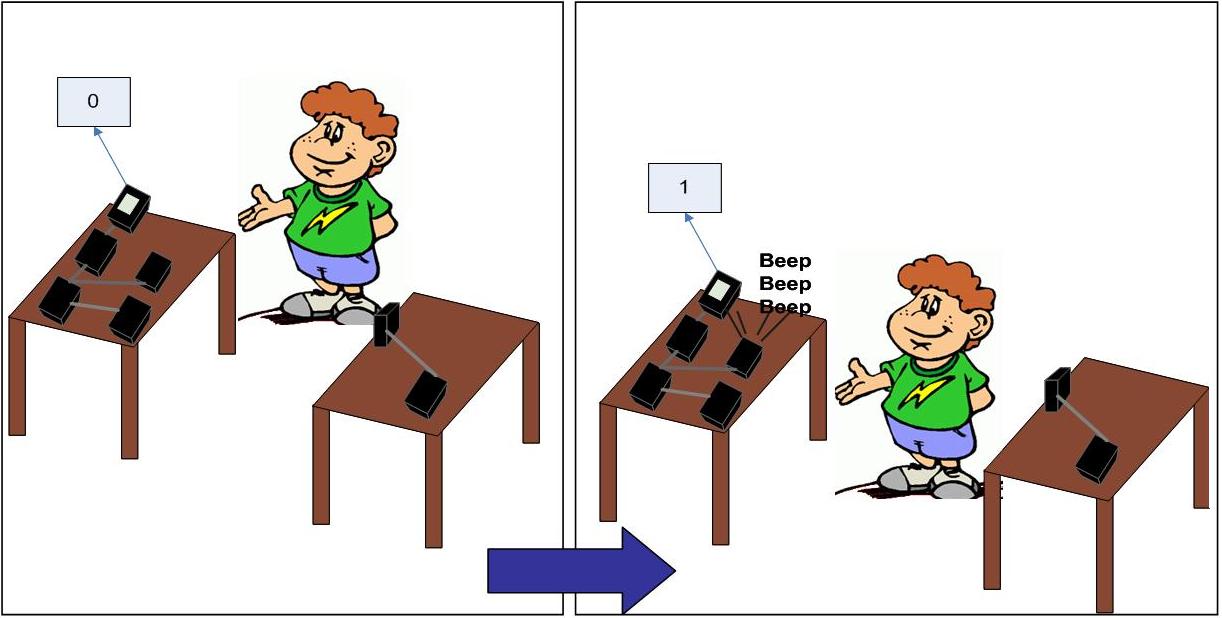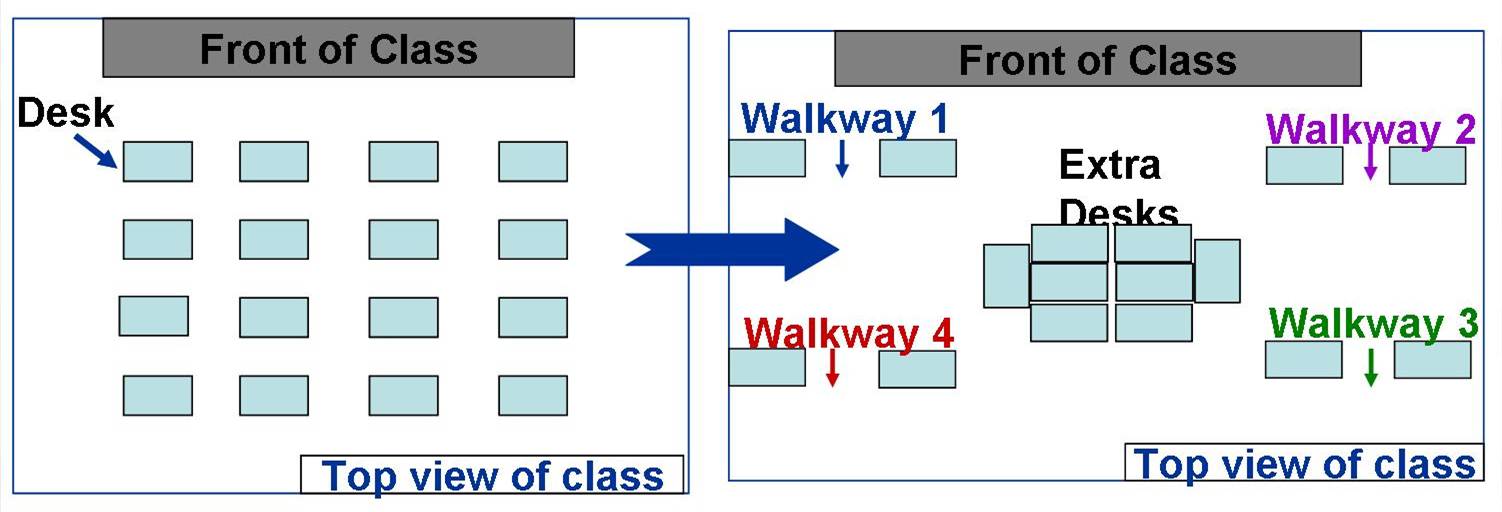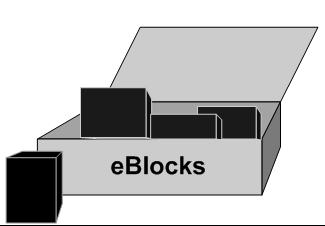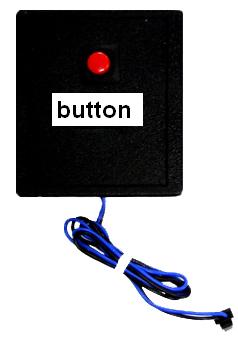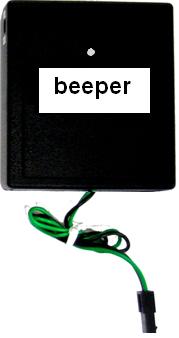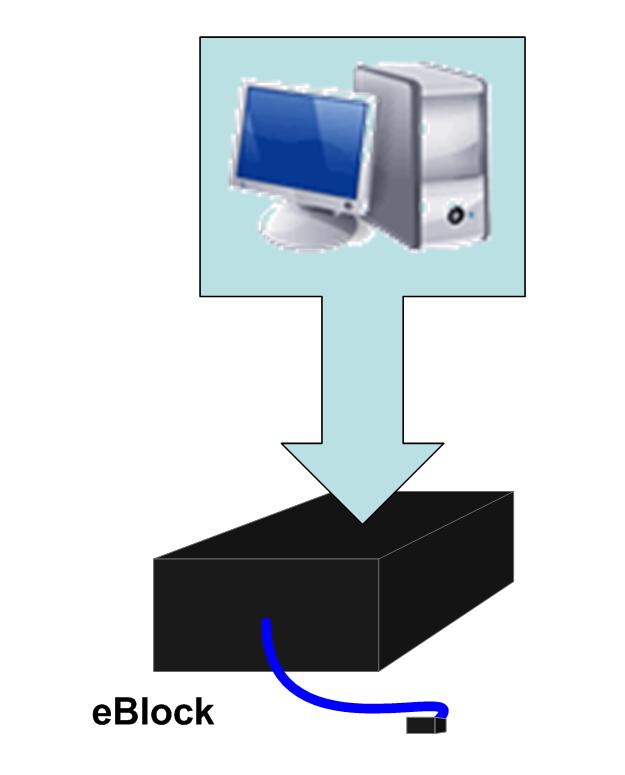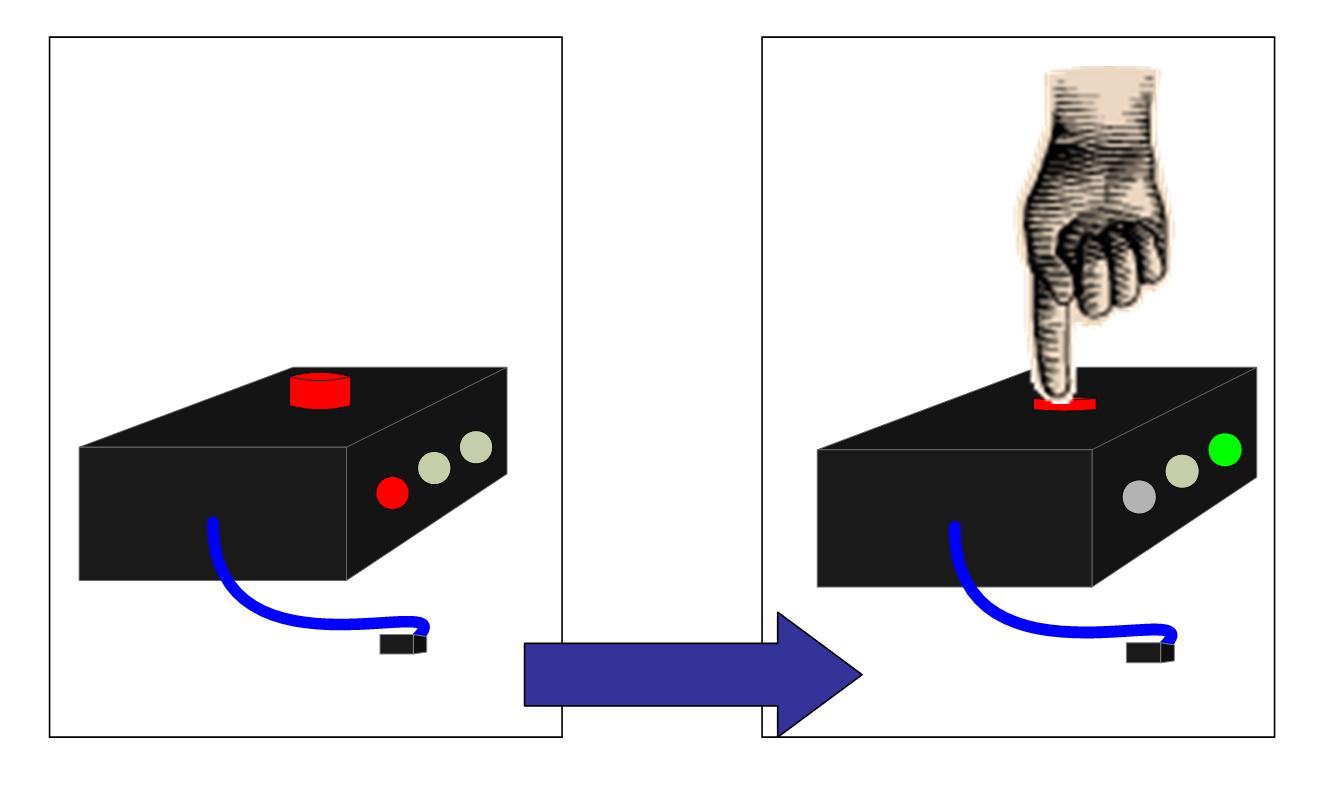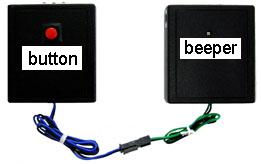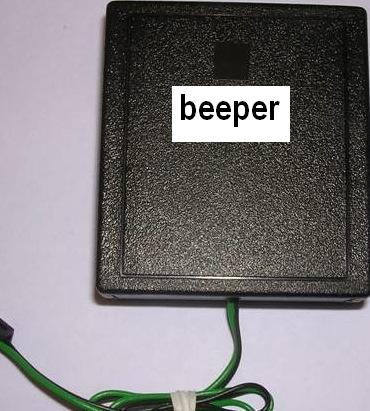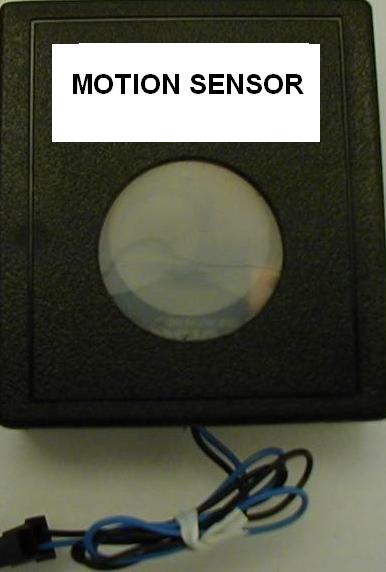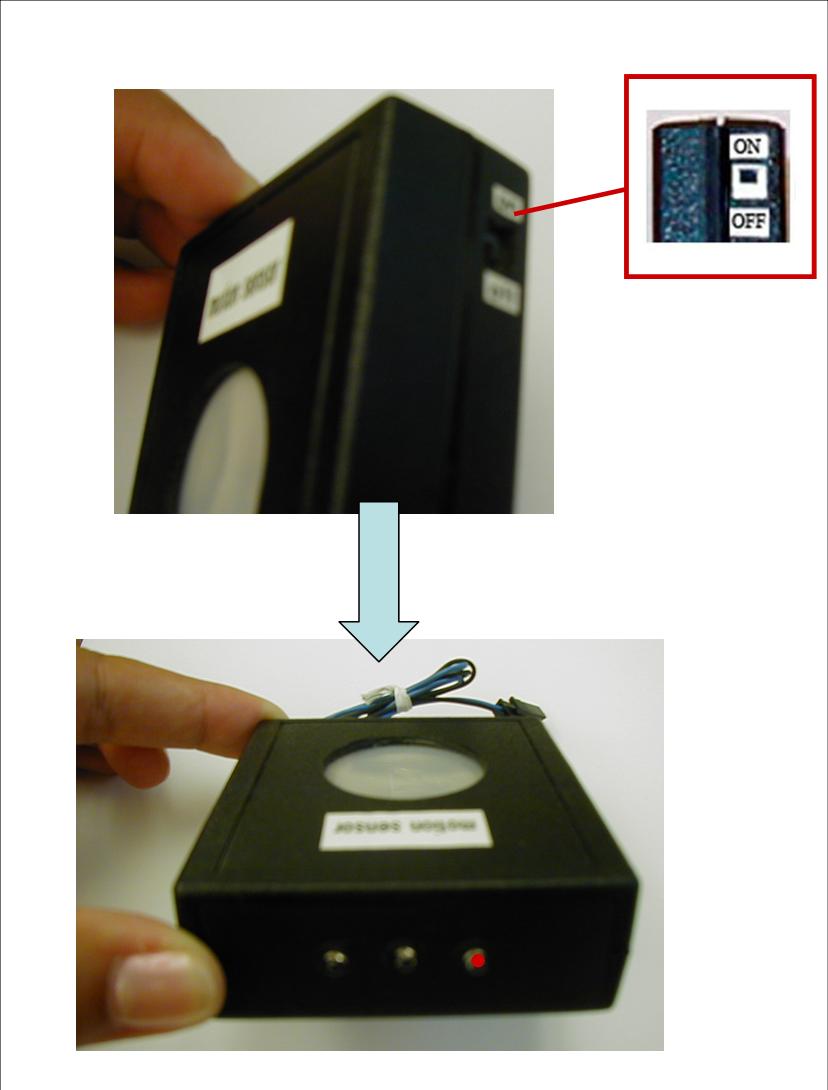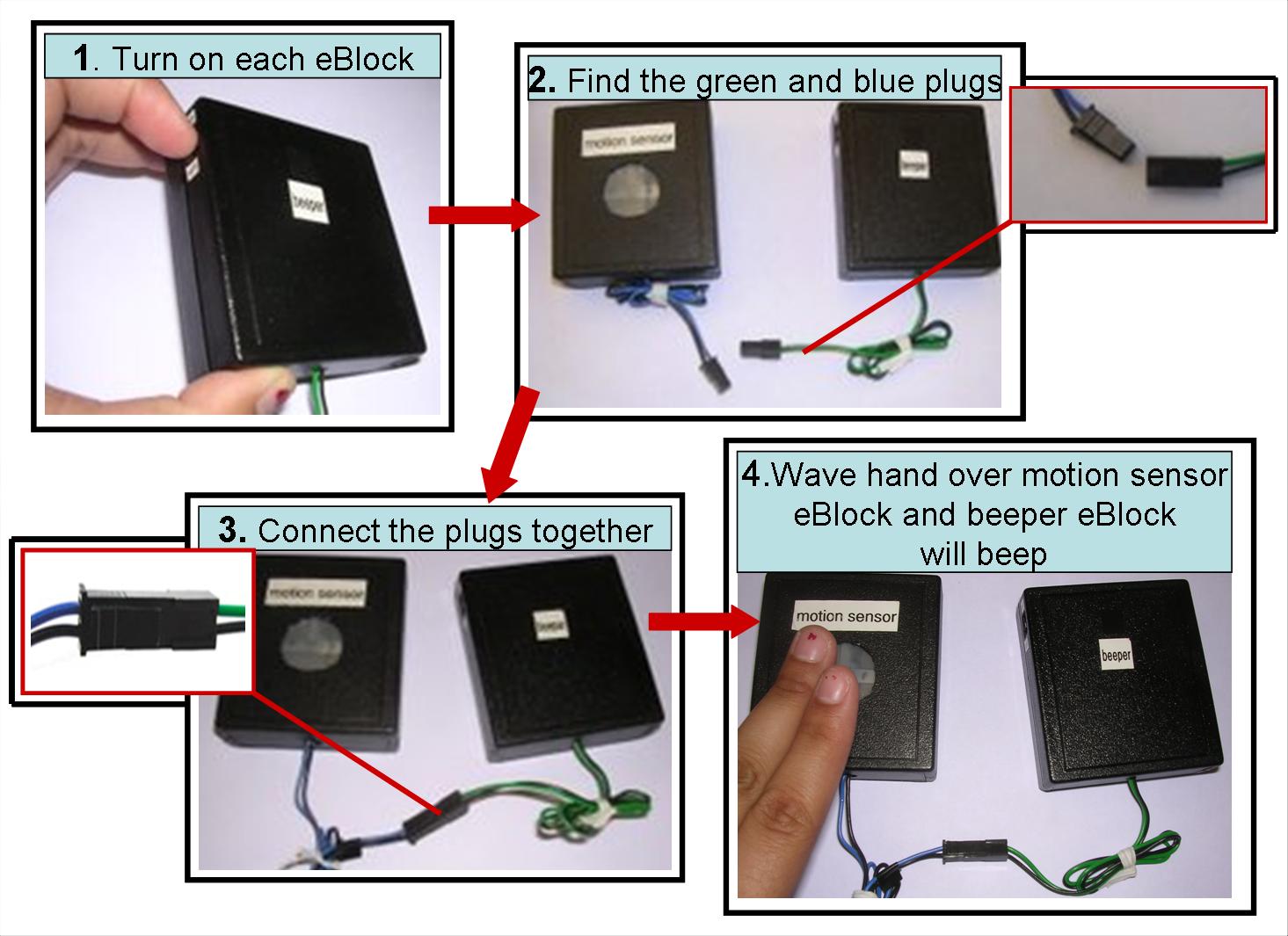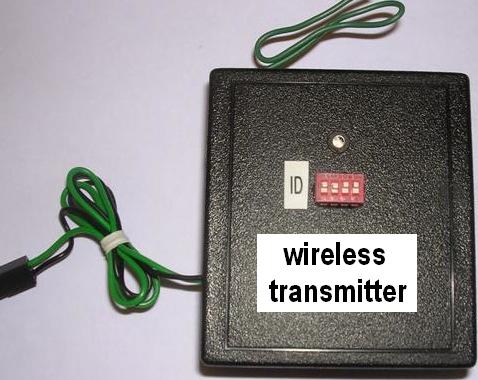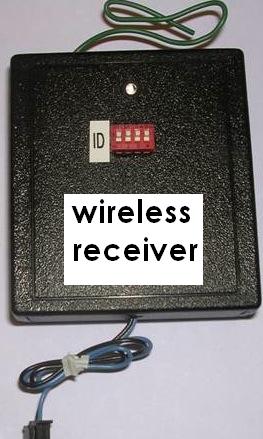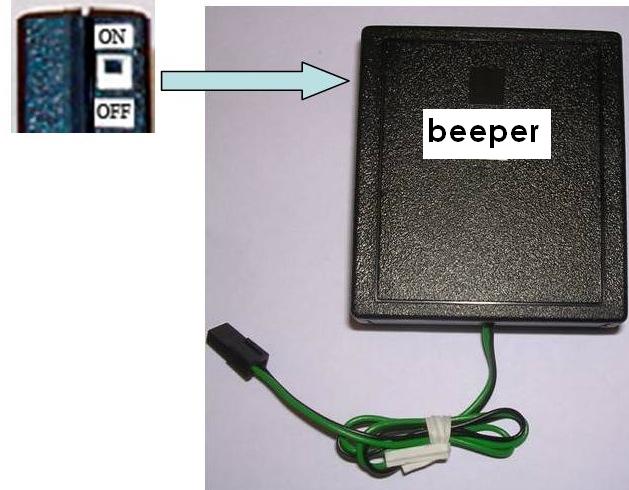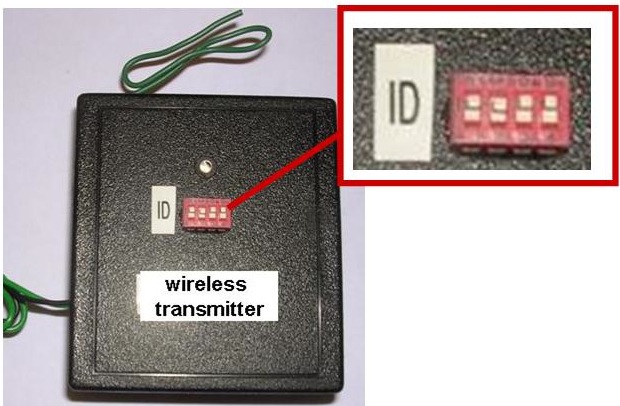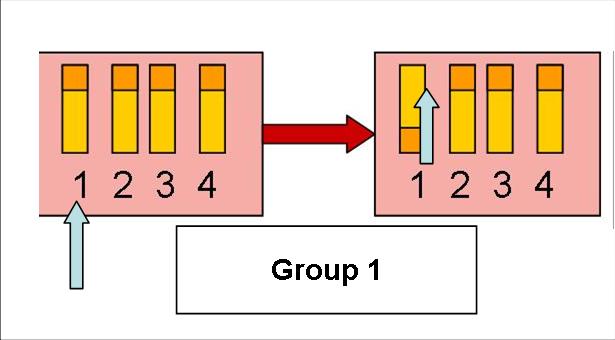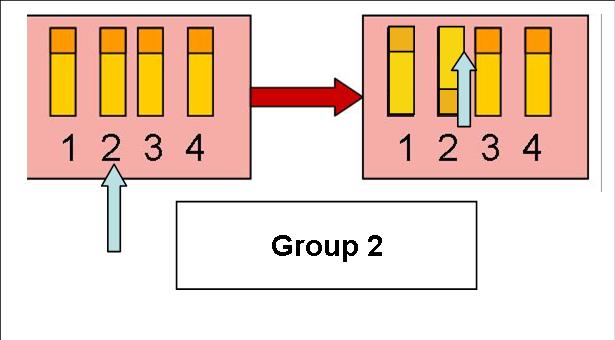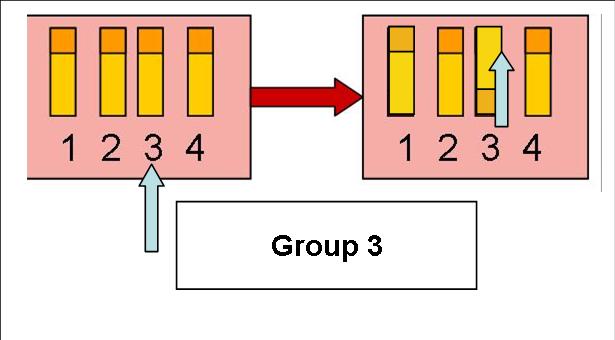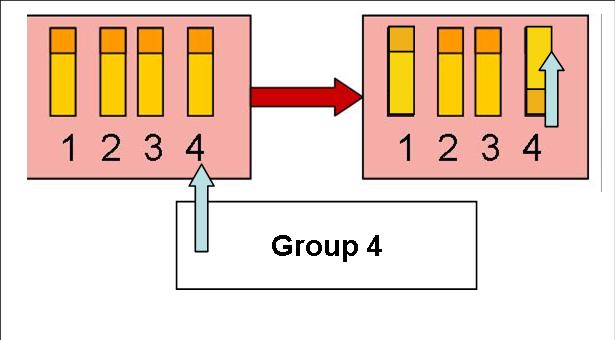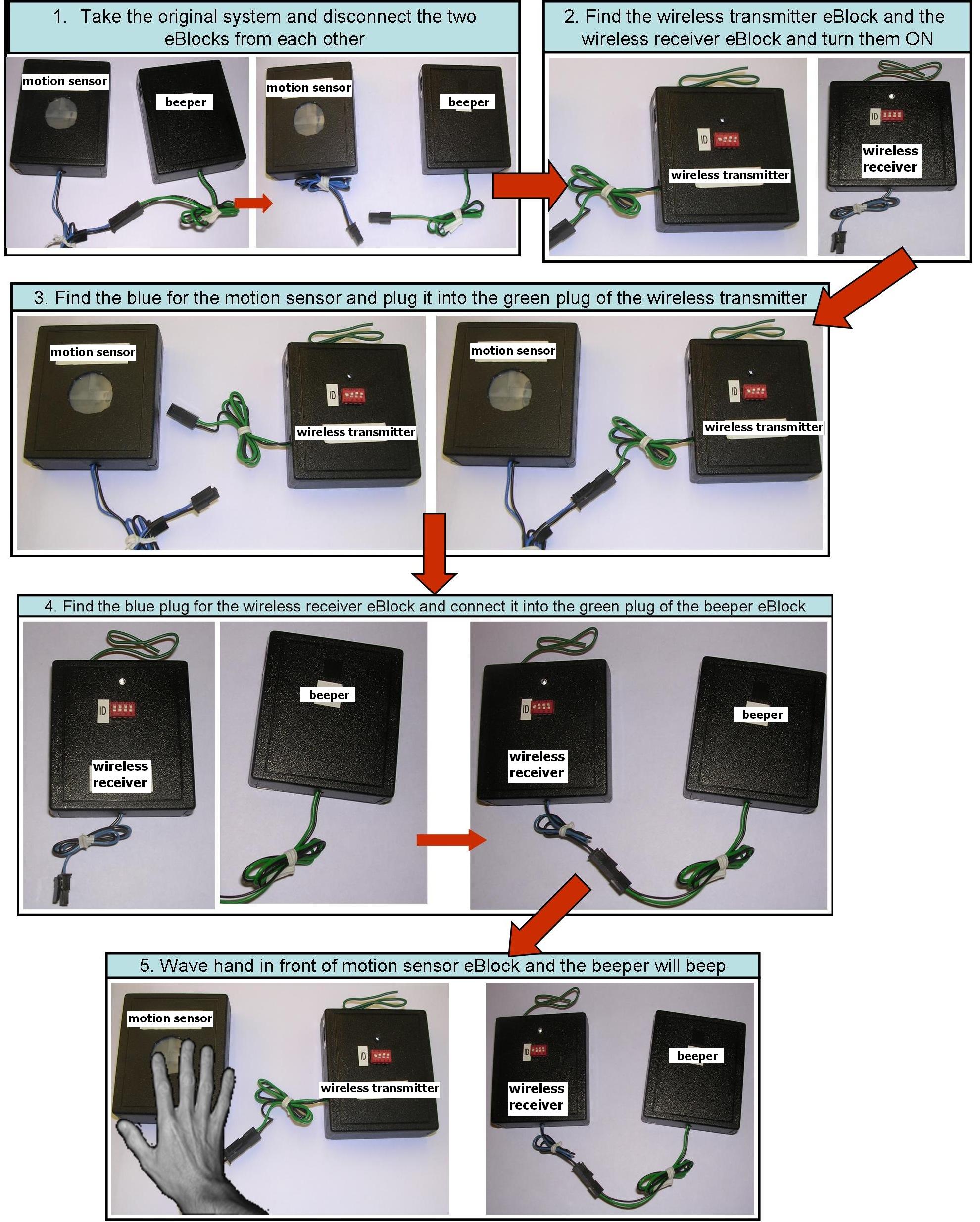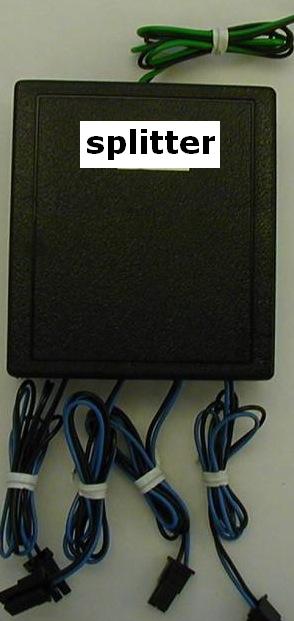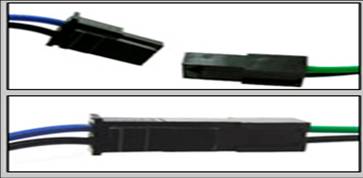eBlocks, Kids, and Engineering Careers
Welcome to eBlocks
Introduction to eBlocks
eBlocks are small electronic blocks that people can connect
to build fun and useful systems.
The eBlock systems are capable of detecting motion, sound, and light. They can also respond by sounding
buzzers or blinking lights.
eBlocks' ease of use and exciting variety of buildable systems make them an ideal tool to get
kids excited about building electronic systems and can
thus encourage kids to consider engineering careers.
eBlocks and Middle-School Kids
| |
The experience of fixing a bike teaches a child the mechanics of how
bikes work; therefore making it possible for the child to choose a career
as a mechanic |
 |
Another child might enjoy learning about animals and will be more likely to choose a career as a veterinarian. |
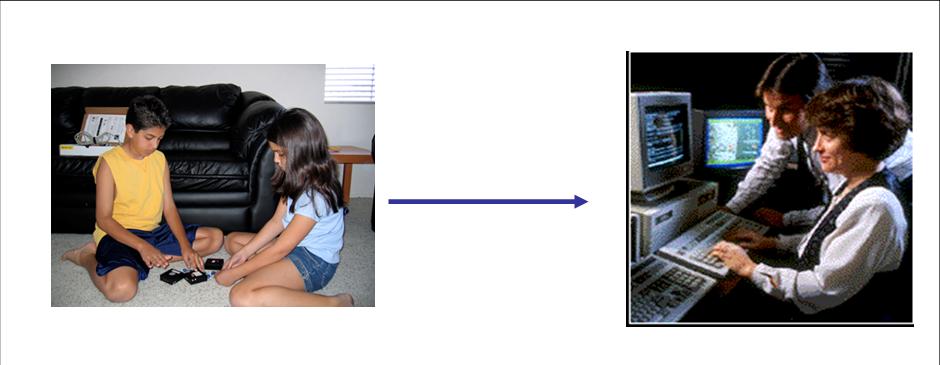 |
Similarly, our goal is to expose a child to the excitement of building electronic systems by working with eBlocks,
hopefully causing the child to consider a career in engineering. |
eBlocks are like the wood and nails of the electronic world.
A person can use wood and nails to build a variety of
things, such as a dog house, fence, skateboard ramp etc.
Likewise, a person can connect eBlocks to build electronic systems like a "sleepwalker" detector,
a "garage-open-at-night" indicator, or a "someone-is-approaching-the-classroom" notifier.
eBlocks are a new technology made possible by today's tiny
low-cost computer chips --
10 years ago, those electronic systems could only
be built by
experienced engineers!
Top of page
Introduction to the Lesson Plan
Lesson Plan Overview
This web page describes a ready-to-use lesson plan.
The project will introduce the students to eBlocks and thus to engineering.
The project can be finished in one 45-minute session, with additional projects
possible for those students who are interested.
The project goal is to build a "People Detector" and consists of three
group-based exercises.
In each exercise the students will build simple eBlock systems and test their systems
by walking near them and seeing how the
system detects other students.
Exercise1: Create a motion detector that beeps when someone passes the system.
Exercise 2: Create a wireless motion detector that beeps when someone passes the system
Exercise 3: Create a wireless motion detector that beeps when someone passes the system
and keeps count of how many times it has detected someone.
Exercise 4: Create a wireless motion detector that beeps when someone passes the system,
keeps count of how many times it has detected someone and beeps if that number is equal to
a specific number chosen by the teacher
Top of page
Preparing for the Lesson Plan
Classroom Setup
ABOVE:
The desk arrangement for the lesson
Groups and Kits
-Split the students into 4 groups evenly
-Assign each group to a walkway
-Give each group one kit of eBlocks
-The kits contain all eBlocks necessary for the system
-Each eBlock is labeled, making it possible to distinguish
between the eBlocks
Top of page
The Lesson Plan
Demo the eBlocks
Follow the steps in this section.
It contains the steps necessary to
introduce the students to eBlocks
-Bring a kit of eBlocks to the front of the class:
-Take out the Beeper and Button eBlocks from the kit:
-Tell the students the following facts about eBlocks:
Each eBlock has a small computer inside
Each eBlock performs a specific task (i.e. beeps,senses button pressed etc.)
eBlocks can be connected together to create an eBlock System
-Tell the Students about eBlock Systems:
Systems can remind you to take your medication by sounding
an alarm at a specific time of the day
Systems can also keep count of how many people entered
a store during the day
eBlocks can even help you find your retainer with a press of a button
-Pick up the Button eBlock and tell the students the following about it:
It senses when the big red button is being pressed
The Green light will flash when button is pressed
The Red light will flash when button is not pressed
The Yellow light will flash when there has been an error
-Pick up the Beeper eBlock and tell the students the following about it:
It makes a beeping noise when it detects something
The Yellow light will flash when it is not connected to
another eBlock
The Green light will flash when it is connected to another
eBlock and it
is receiving a signal from the eBlock
The Red light will flash when it is connected to another
eBlock but it is not
receiving a signal from that eBlock
-Explain to the students how to turn the eBlocks On:
On the side of each eBlock is a switch
Switch is always clearly labeled ON/OFF
When switched to ON, a light will blink on the eBlock
-Show the students how to connect the eBlocks Together:
Can only connect blue wires to greens wires
When the plugs connect, you can hear a click
-Now show them that you have made a working eBlock system:
Press red button on the button eBlock
The beeper eBlock will beep
Top of page
Part 1:
System That Detects Motion
Students:
Find the following 2 eBlocks in the kit and place them on your desks:
Students:
Pick up the Motion Sensor eBlock:
Find the ON/OFF switch on the right side of the eBlock and switch it to ON.
The red status light on the top of the eBlock should be blinking.
Students:
Pick up the Beeper eBlock:
Locate the ON/OFF switch on the left side of the Beeper eBlock and turn it ON.
The yellow status light on the top side of the eBlock should be blinking.
Teacher:
Write the following description on the board:
"Connect these 2 eBlocks so that when a person walks past
this eBlock system,
a beeper beeps until the person's
motion is not detected anymore"
Teacher:
Tell the students to work within their own groups only and that they
will be allowed
5 to 10 minutes to build the system.
Teacher:
When the groups are finished, encourage them to test out their systems
and other groups' systems
Tell them to make sure their systems work exactly how the description on
the board described it
Teacher: when time is up....
If some groups did not finish:
Have them examine another groups' working eBlock system.
Allow them a couple minutes to try and fix their eBlock system.
If they are still unable to get the eBlock system to work, you can help them and check their connections.
If you are unable to fix their eBlock system, please refer to the Building Solutions below.
If problems still persist, refer to the Quick Fixes section, located at the bottom of the page.
Building Solutions
Top of page
Part 2:
Wireless System That Detects Motion
Teacher: Tell the students to disconnect the system they built for Part I
Students:
Find the following 2 eBlocks in the kit and place them on your desks:
Students:
The on/off switch is located on the left side of the eBlocks
Locate the ON/OFF switch on both eBlocks and switch them to ON.
The yellow status light on the top side of both eBlocks should be blinking.
Students:
Take the eBlock that is labeled Wireless Transmitter, and
find the small red box that has
4 yellow switches
To the left of this box will be the label ID.
Teacher:
Draw the diagram on the board
Tell the students in Group 1 to find the yellow switch
that is labeled 1 and switch it up
Draw the diagram on the board
Tell the students in Group 2 to find the yellow switch
that is labeled 2 and switch it up
Draw the diagram on the board
Tell the students in Group 3 to find the yellow switch
that is labeled 3 and switch it up
Draw the diagram on the board
Tell the students in Group 4 to find the yellow switch
that is labeled 4 and switch it up
Teacher:
Tell the students to repeat step 5 with the red box and yellow switches on the Wireless Receiver
Teacher:
Write the following description on the board:
"Connect these 4 eBlocks so that when a person walks past your eBlock system,
a beeper will beep on the other side of the room and stop beeping when the person's
motion is not detected anymore"
Teacher: Tell the students to work within their own groups to build this system.
Allow them 8 to 15 minutes to work together in their groups
Teacher:
When the groups are finished, encourage them to test out their systems
and other groups' systems
Tell them to make sure their systems work exactly how the description on
the board said it should
Teacher: when time is up....
If some groups did not finish:
Have them examine another groups' working eBlock system.
Allow them a couple minutes to try and fix their eBlock system.
If they are still unable to get the eBlock system to work, you can help them and check their connections.
If you are unable to fix their eBlock system, please refer to the Building Solutions below.
If problems still persist, refer to the Quick Fixes section, located at the bottom of the page.
Building Solutions
Top of page
Part 3:
Wireless System: Keeps Count Of People That Pass By
Teacher: Tell the students to disconnect the system they built for Part 2
Students:
Find the following 3 eBlocks in the kit and place them on your desks
Students:
Locate the ON/OFF switch on all three eBlocks and switch them to ON.
The yellow status light on the top side of the eBlocks should be blinking.
Teacher:
Write the following description on the board:
Connect these eBlocks so that when a person walks past your system:
1. A beeper beeps across the room from the walkway when motion is detected
2. The number of times motion is detected is counted and shown
Teacher:
Tell the students to work within their own groups to build this system.
Allow them 10 to 15 minutes to work on the system
Teacher:
When the groups are finished, encourage them to test out their systems
and other groups' systems
Tell them to make sure their systems work exactly how the description on
the board described it
Teacher: when time is up....
If some groups did not finish:
Have them examine another groups' working eBlock system.
Allow them a couple minutes to try and fix their eBlock system.
If they are still unable to get the eBlock system to work, you can help them and check their connections.
If you are unable to fix their eBlock system, please refer to the Building Solutions below.
If problems still persist, refer to the Quick Fixes section, located at the bottom of the page.
Teacher:
Once everyone's systems are working, let the students walk around for one or two minutes
Students:
Spread out around the room
Walk through, crawl under, slide your hand across any walkway
When time is up, check how many people your system detected
- Building Solutions
Top of page
Wrap Up
Students:
Clean up and put away your kits and return to your seats.
Teacher:
Tell the students the following:
- Today, they had a small taste of what Engineering is all about.
- Engineers can do many amazing things with eBlocks:
By combining a few eBlocks together,
they can be used at concerts
to keep track of
the amount of people that show up.
eBlocks can also be used to create a security system that
can monitor a
home at night, protecting it from prowlers.
Teacher:
Be sure to mention to the students that if they are interested in working with
the eBlocks
some more, to try out the extended projects.
If a lot of the students are interested in trying out the extended projects portion
you might
consider having another class session to do that.
Top of page
Extended Projects
Interested in building some more complex systems from the one you just built today??
The following are some extended projects that you can build in your spare time or even as another class
project.
- Turn the people detector into an alarm!
When the system is tripped make a beeper beep or a light stay on until
the entire system is reset
- Monitor more than one walkway!
Instead of just detecting motion
at one walkway, have multiple motion sensors
that monitor different walk ways.
Have the system either detect when motion is detected in one walk way
or in
all walkways.
Top of page
Quick Fixes
Yellow Status Light is Flashing
If the light is flashing on a normal light eBlock,
a beeper eBlock,
or a red/green light eBlock.....
- If there is no eBlock connected to your eBlock
then the yellow status light is telling
you that you need
to connect another eBlock to it.
(You can plug in any eBlock that has a blue and black
wire plug coming out of it
to solve this problem)
- If there is another eBlock connected to your malfunctioning
eBlock,
make sure the other eBlock is turned ON.
- If the problem continues to persist, check the plugs that connect
the eBlocks together. They should be connected like the picture
below.
Beeper eBlock does not beep when someone passes through the system
- Check to see if each eBlock in the system is ON.
- If the yellow LED status light is flashing, refer to the previous solution
called
Yellow Status Light is Flashing for further help
This work is supported in part by the National Science Foundation under grant CCR-0311026 and CNS-0311026-005. Any opinions, findings, and conclusions or recommendations expressed in this material are those of the author(s) and do not necessarily reflect the views of the National Science Foundation.
Top of page



